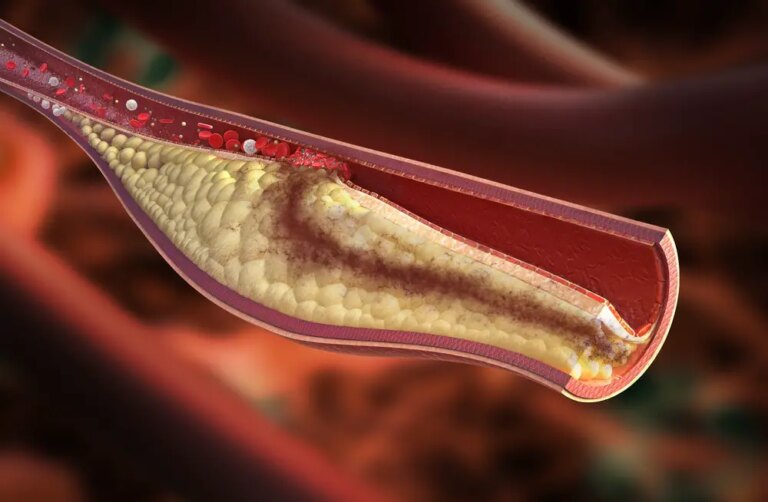The CDC maintains the current risk to the general public for contracting COVID-19 remains low. However, they are also warning Americans to prepare for the worst. They say it’s no longer a matter of ‘if’ but ‘when’ the coronavirus will become a serious matter in the United States. It comes out of growing concern over the respiratory virus spread outside China. With more and more countries confirming cases and the prevalence of world travel, Americans are urged to be cautious despite the current low-risk level.
Preparing for an Outbreak in The United States
I strongly feel that we should start preparing for more confirmed cases of COVID-19 even though current cases are being contained. Now, this isn’t to say anyone should start panicking. But, the best offense is a good defense, as they say. So, being prepared for the worst can help us succeed in containing the virus. A great example of how we can work together and be prepared is to follow China’s lead.
First, we need to consider how this will impact daily life. Schools may close temporarily, churches and other places of worship may need to be temporarily avoided, and families should prepare food and supplies for a week or two. Companies may need to consider work-from-home options for employees. Hospitals may need to postpone elective procedures to leave space for emerging coronavirus cases. Doctors may also need to consider practicing telemedicine to see as many patients as possible while reducing exposure. People should also consider how workplace closures may affect households regarding lost wages. Again, it’s important to consider these options as temporary measures should they arise. Don’t panic, as there are still relatively few cases in the United States. The takeaway here is to have a plan and be prepared.
Risk of Asymptomatic Transmission
A previous report centered around a businesswoman who traveled from China to Germany to meet with colleagues. The report at first said that she didn’t have any symptoms, but then it turned out that she had COVID-19. However, new information emerged that indicated she did have mild symptoms.
The most recent paper about an asymptomatic patient talked about a 20-year-old woman from Wuhan, China, who was going to visit her family 400 miles away. There were no symptoms in this young woman, but five of her relatives got the new coronavirus a few days after she came. Blood work and a CT scan checking for an immune response and inflammation appeared normal. However, a sensitive laboratory test (RT-PCR) confirmed that she was infected with the virus. This one case does not confirm that those showing no symptoms can spread the virus. But, it does indicate it is a possibility, and more research is needed.




















